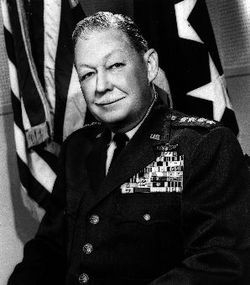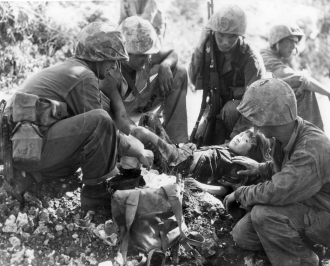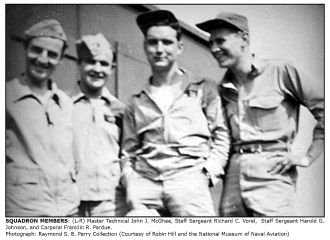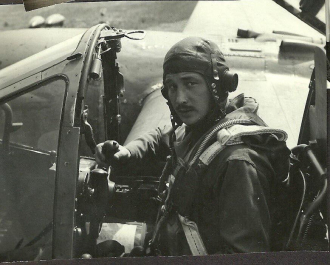Samuel Egbert Anderson
US Air Force General. He served as the Commander-in-Chief of the Air Material Command (now called Air Force Materiel Command) and was involved in the development of the American war plan that contributed significantly to the eventual defeat of Nazi Germany. Photo from find a grave
Date & Place:
Not specified or unknown.

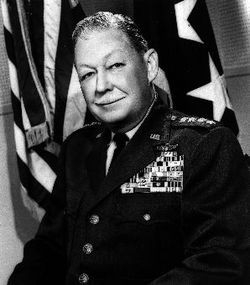
 James Micheal Gaudin
James Micheal Gaudin 
